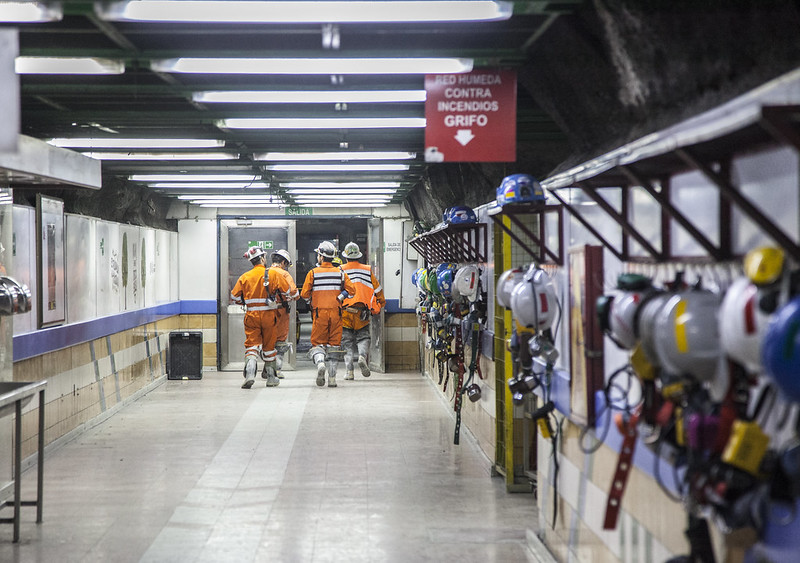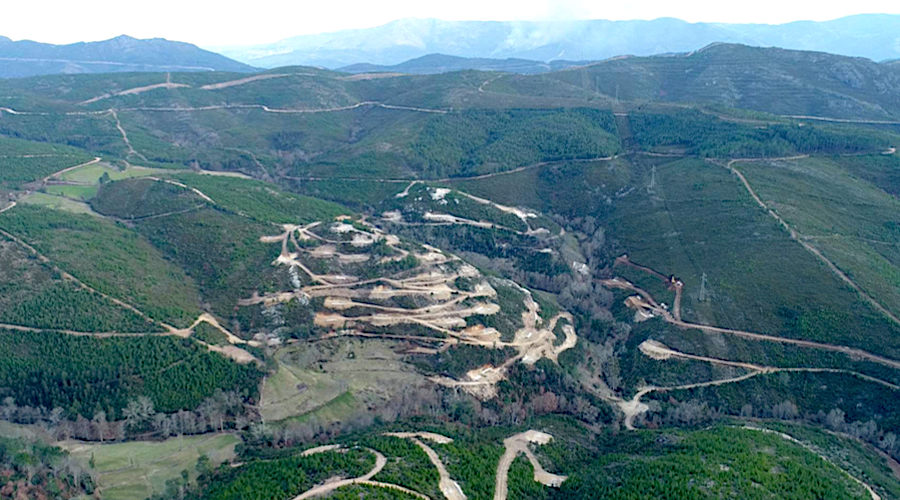THE G IS FOR GREENWASHING
Even ESG Funds Are Now Buying Big Oil Stocks
- Some ESG funds have started to include traditional energy stocks in their portfolios.
- ESG-focused U.S. mutual funds saw in May the first net withdrawals from funds since December 2018.
- Especially in Europe, funds have an increased appetite for big oil companies.
After years of shunning and demonizing the oil and gas industry as the main culprit of rising global temperatures, some investors are now warming up to the sector as they realize that the international majors will have a role to play in the energy transition. Years of underinvestment in new supply, the energy crisis, and the Russian invasion of Ukraine have thrown into sharp relief energy security and affordability. As Europe scrambles to avoid gas and energy rationing in three months’ time, some investors have realized that oil and gas firms who invest in clean energy technologies shouldn’t be immediately cast aside as unfit for their righteous environmental, social, and governance (ESG) criteria and portfolios.
Recent analyses suggest that some ESG funds now include traditional energy stocks in their portfolios—an unimaginable thing just two years ago.
But over the past two years, the international oil and gas majors have vowed to become net-zero energy companies by 2050 and have boosted investment and participation in many offshore wind, solar, hydrogen, carbon capture, and EV charging projects.
Sure, environmental zealots continue to accuse Big Oil of greenwashing as usual.
Yet, it’s Big Oil, with its deep pockets, high credit ratings, and record cash flows this year, that could make the difference in an orderly energy transition, in which growth in clean energy sources doesn’t preclude supplying the oil and gas that the world needs now.
Energy Vastly Outperforms Market
Due to the high oil and gas prices in the aftermath of the Russian invasion of Ukraine and growing concerns about energy security, energy has been the top performing sector in the S&P 500 index year to date. Not only is energy the largest gainer, but it’s also been the only sector with gains so far this year, according to market data compiled by Yardeni Research. The energy sector in the S&P 500 had gained 26.5 percent year to date to July 18. In comparison, S&P 500 is down 19.6 percent, and all other sectors have also lost ground since January.
In the energy sector, the integrated oil and gas subsector has jumped by 34.4 percent year to date, and oil & gas refining and marketing has surged by 29.4 percent.
Related: How Many Countries Are Actually Capable Of Space Travel?
Meanwhile, ESG-focused U.S. mutual funds saw in May the first net withdrawals from funds since December 2018, per Morningstar research, due to deteriorating equity market conditions amid growing fears of recession.
“It just so happens that we had a really great five-year stretch for investors that focused on sustainability. But over the past six months, we’ve been in a period where that is not the case,” Paul Arnold, portfolio manager and co-head of asset allocation strategies at Morningstar Investment Management, told Morningstar, commenting on a difficult quarter for sustainable investing.
European ESG Funds Now Hold Oil Majors’ Stocks
In Europe, funds focused on ESG have slowly started to favor traditional energy stocks, fund managers tell the Financial Times.
Investors have seen that many majors are serious about investing in clean energy technology.
“Sentiment is definitely moving in favour of energy companies, even among investors that thought they would never want to be involved in the sector,” Mark Lacey, lead manager of Schroders’ ISF Global Energy and Energy Transition strategies, told FT.
A Bank of America analysis has recently shown that 6 percent of 1,200 European ESG active and passive funds are currently holding shares of supermajor Shell. At the end of 2021, this percentage was zero. Europe’s ESG-focused funds have also slightly raised their holdings in other European energy firms such as Repsol, Galp, Neste, and Aker BP, according to BofA data cited by FT.
“Energy has been the most underweight sector by ESG [environmental/social/governance] funds since last year, due to its [supposedly] ‘poor’ ESG profile,” BofA analysts said last month, as carried by TheStreet. U.S. supermajor Chevron, for example, is part of a BofA list of energy stocks with ‘buy’ ratings and high BofA ESG Meter scores, but underweighted by ESG funds.
The ESG trend is here to stay—investors won’t stop demanding accountability and reduction in greenhouse gas emissions. But they could begin to accept that the energy transition will take decades and that the ‘Big Bad Oil’ is doing some things right in this transition. Such as supplying the current acute need for oil and gas amid soaring energy prices and growing concerns about energy security in places few have thought would resort to rationing energy. Germany, Europe’s biggest economy, could be one of those countries in three months.
The international oil and gas majors are also increasingly investing in cleaner energy solutions. Over the past month alone, Shell said it would start building Europe’s largest renewable hydrogen plant, while BP announced it would become the operator of one of the world’s largest renewables and green hydrogen energy hubs, based in Western Australia.
By Tsvetana Paraskova for Oilprice.com











